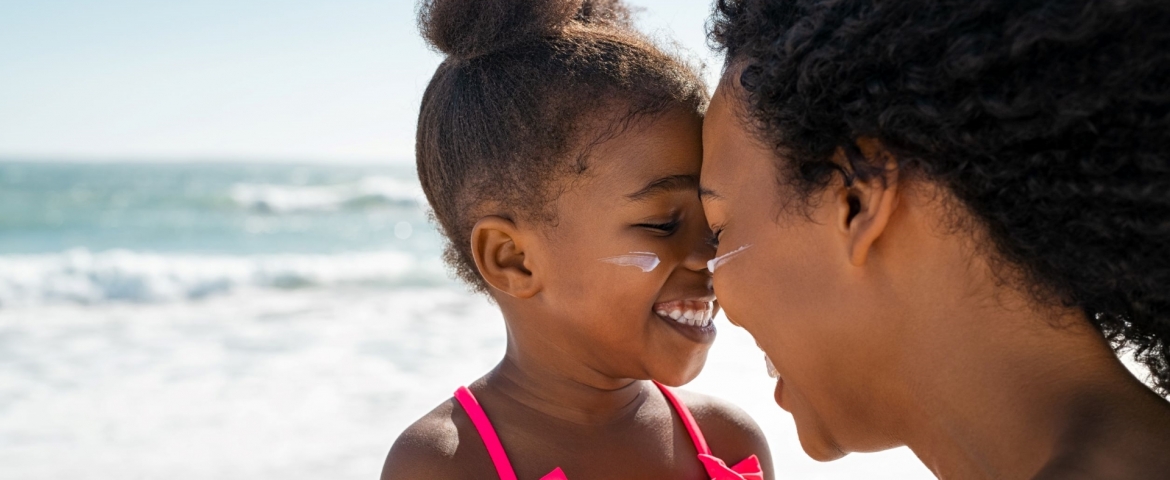It’s important to take precautions to outsmart the sun as overexposure contributes to skin cancer risk. We’ve debunked some of the most common sun safety myths to help keep you safe this summer.
Myth: Higher SPF sunscreens are much better than lower SPF options.
Fact: It seems obvious that a higher SPF would mean more protection. While that’s true, the difference is minimal. An SPF of 30 protects against 97% of UVB rays, while an SPF of 50 protects against 98% and SPF 100 about 99%. Experts say: as long as you’re using at least SPF 30 and reapplying about every two hours, you will be protected.

Myth: You can’t get sunburned in the shade or on a cloudy day.
Fact: Sunburn and damage to your skin comes from UV radiation, not sunlight. UV rays reflect off of surfaces like sand, water and even grass, so they can still reach your skin while you’re sitting under a leafy tree. 80% of UV rays can also pass through clouds, so don’t forego sunscreen even on those cool and overcast days.
Myth: The sun is strongest when it’s hottest.
Fact: Just as people think it has to be sunny to get sunburned, many think that the hotter it is the more likely you are to burn. However, heat is unrelated to UV rays. In fact, you can get sunburned even in the winter months as snow reflects up to 80% of UV rays, increasing exposure. Don’t let your senses trick you—you can’t see or feel UV rays.
Myth: People with darker skin tones do not need sunscreen.
Fact: Darker skin produces more melanin (natural pigments) that does help protect skin from UV radiation, but only to a certain extent. Any skin type and ethnicity is at risk for sun burn and skin cancer, especially over prolonged periods of time. It’s important for everyone to wear sunscreen and take other protective measures against the sun’s harmful UV rays.
Myth: A “base tan” will protect you from sunburn.
Fact: Experts estimate that going out in the sun with a “base tan” is equivalent to wearing a sunscreen with a SPF of 3 to 4, essentially not protective at all. Additionally, tan skin is a sign that harmful UV rays have already damaged your skin cells, which can grow and multiply into skin cancer. Tanning to protect yourself from skin cancer accomplishes exactly the opposite.
Myth: Sunscreen is always effective all of the time.
Fact: Even wearing SPF 100 is not 100% effective, as noted above. To be truly protected, you should put on sunscreen 30 minutes prior to being in the sun to allow it to soak into the skin. Then, reapply one ounce of sunscreen every two hours. It’s also important to take other protective measures, such as wearing a wide-brimmed hat, UV sunglasses and tightly-woven clothing in dark colors.

After reading this, it may seem nearly impossible to fully protect your skin from sun damage. But if you’re consistently using SPF 30 or higher sunscreen and other protective gear, there’s no need to worry. The good news: while skin cancer is one of the most common forms of cancer, it’s also the most preventable. Make sure you know what’s fact or fiction when it comes to sun safety.


